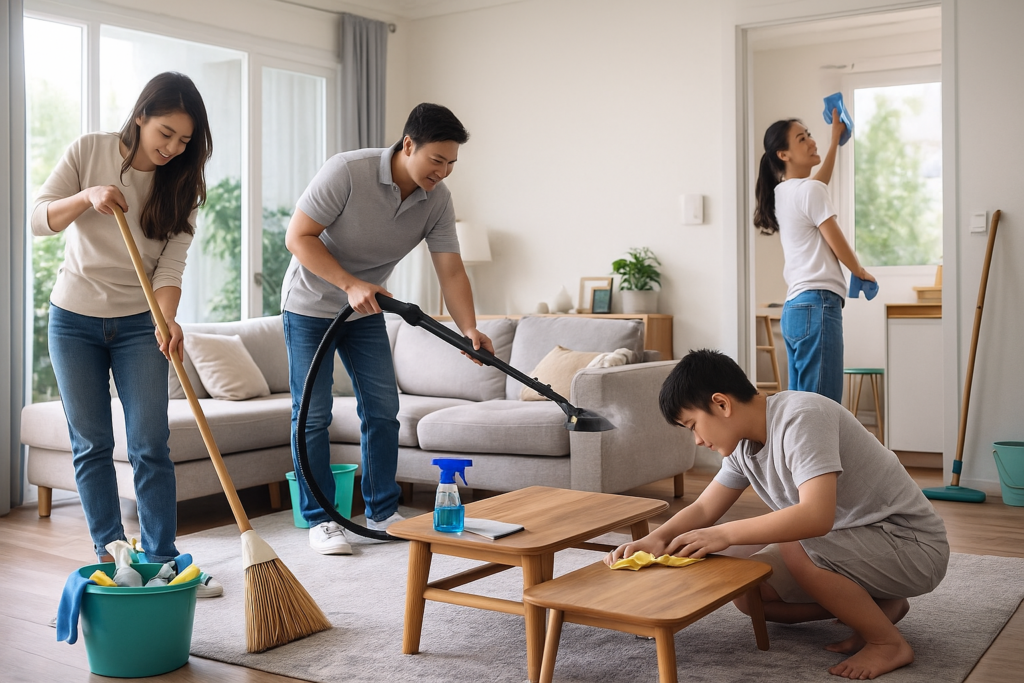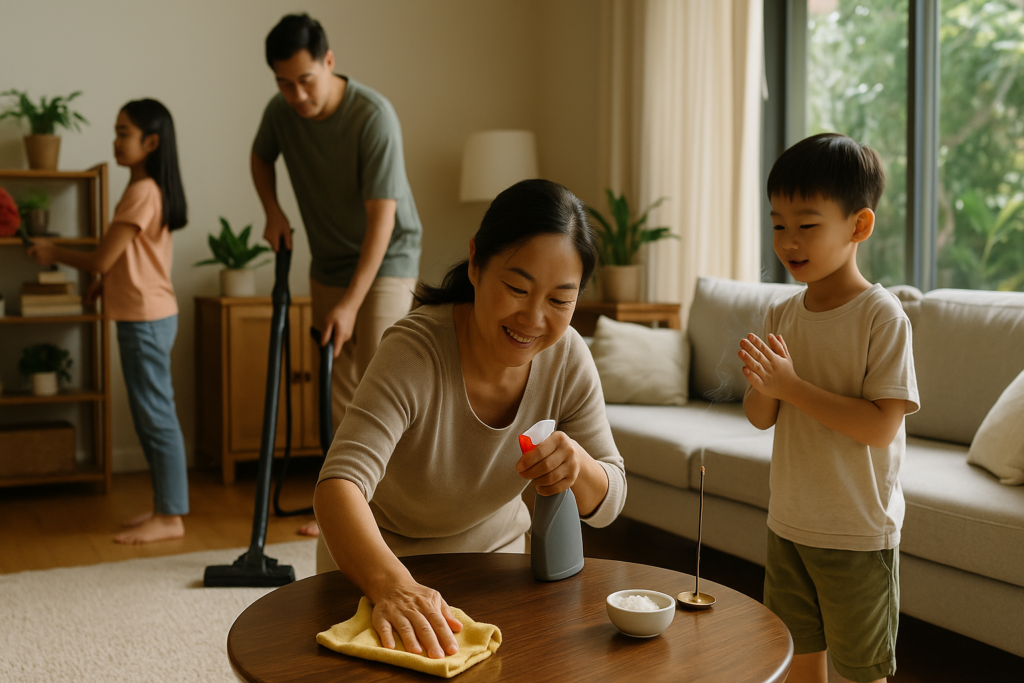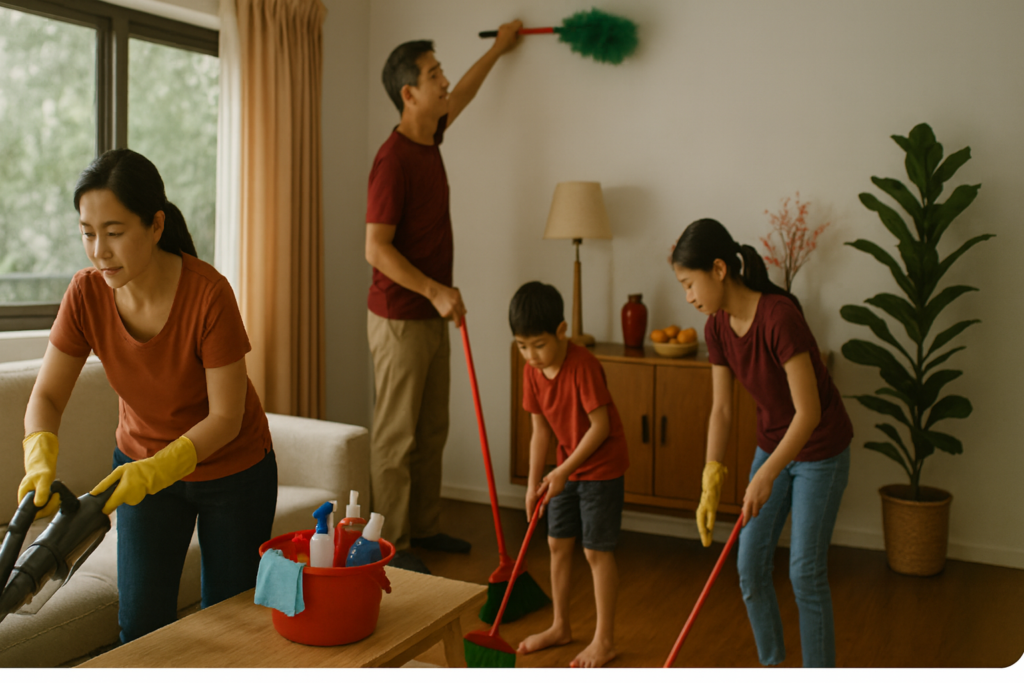You’ve just had your carpets professionally cleaned, expecting a fresher, brighter space, only to notice brown stains appearing hours or even a day later. It’s frustrating, confusing, and often alarming. But you’re not alone. Carpet browning is a well-documented issue that affects thousands of homes, particularly those with light-coloured or older carpets. The good news? It’s entirely preventable and in many cases, fixable.
This guide explains what carpet browning is, why it happens after cleaning, and what practical steps you can take to address and prevent it. We’ll also cover how moisture, cleaning products, fibre types, and drying methods all play a role, offering insights tailored for homeowners, landlords, and tenants alike.
What Is Carpet Browning?
Carpet browning is the appearance of brown or yellowish stains that sometimes show up on the surface of a carpet after cleaning. This discolouration typically becomes visible as the carpet dries and may affect small spots or spread across large areas. Browning doesn’t always mean permanent damage, but it does indicate that something went wrong during or after cleaning.
The issue is especially common with:
- Light-coloured carpets (white, beige, light grey)
- Older carpets (5+ years)
- Carpets are made with natural fibres like jute or wool.
- Environments with poor ventilation or high humidity
The root causes often lie in how moisture, pH levels, and cleaning residues interact with the materials used in the carpet’s construction. Understanding these elements helps diagnose the issue more accurately and fix it without guesswork.
Common Causes of Carpet Browning After Cleaning
1. Wicking: The Stain Beneath the Surface
Wicking is one of the most common culprits behind post-cleaning browning. It happens when a stain or residue has soaked deep into the carpet padding or backing. During cleaning, the surface fibres may appear clean, but as the carpet dries, moisture moves upwards, carrying deeply embedded soils, residues, or even previous stains back to the surface.
Why does browning only appear after the carpet dries?
Because of wicking. Moisture draws the previously hidden soil from lower layers back up to the surface—this can take hours and doesn’t appear while the carpet is still damp.
A useful analogy is soaking a sponge: clean the top, but if something’s stained deep inside, it’ll resurface as the sponge dries.
Wicking is more likely when:
- The carpet is heavily soiled or previously stained.
- Cleaning methods involve too much water.
- Drying is slow or incomplete.
- Carpets are cleaned without first vacuuming thoroughly.
Wicking can also make old stains reappear even when they haven’t been visible for months. This often frustrates homeowners who believe the cleaning process has created “new” stains.
2. High pH Cleaning Solutions
Professional and DIY cleaners sometimes use alkaline (high pH) detergents, especially for greasy or stubborn stains. While effective at lifting grime, these chemicals can react with carpet fibres, particularly natural ones like wool or jute, causing chemical browning.
This discolouration presents as dull brown or yellow patches and may become more visible in areas that were heavily treated or agitated during cleaning.
Can baking soda fix browning from high pH cleaners?
No. Baking soda is alkaline itself, which can actually worsen browning if the issue stems from high pH residue. What’s needed is a mildly acidic solution, like diluted white vinegar, to neutralise the imbalance.
It’s worth noting that even some “eco-friendly” carpet shampoos are pH-imbalanced. Always check the label or consult a professional if unsure.
3. Cellulosic Browning
If your carpet has a backing made of jute, cotton, or any other plant-based fibre, it’s vulnerable to a chemical process called oxidation. When these cellulosic fibres become overly wet and dry too slowly, they begin to break down and oxidise, resulting in brown staining.
This issue is more common in:
- Cut pile carpets with jute backing
- Older carpets (especially 5–10+ years)
- Situations where the underlay is felt or waffle-type and traps moisture
Cellulosic browning is particularly stubborn because the stain originates from the fibre itself rather than external soil or residue. Even repeated cleaning may not fully reverse the discolouration unless the root chemical imbalance is corrected.
If you suspect your carpet has a jute backing, inform your cleaning technician in advance. Special techniques and drying equipment are needed to prevent oxidation.
4. Over-Wetting During Cleaning
Excessive moisture use during steam cleaning or shampooing can saturate the carpet beyond its surface. Water seeps through the fibres into the underlay and even the subflooring in some cases. Not only does this increase drying time, but it also creates the ideal conditions for both browning and mould.
Is browning a sign of mould?
Not always. Mould has a musty smell and fuzzy texture, whereas browning is typically a surface stain caused by chemical or physical reactions. However, over-wet carpets are at risk of developing mould if left to dry too slowly.
Over-wetting also exacerbates wicking by disturbing any existing stains or residues in the backing layers.
Another consequence is dye migration. In synthetic carpets, over-wetting can break down dye bonds, causing colours to bleed into one another, especially at the edges of furniture marks or rugs.
5. Detergent and Residue Build-Up
If cleaning products are not fully rinsed out, or if poor quality or highly concentrated solutions are used, sticky residues remain in the fibres. These can react during drying or attract new dirt quickly, turning into brown patches.
These residues can:
- Alter the carpet’s pH balance
- Interfere with drying
- Become reactivated by humidity.
- Attract airborne dust particles like a magnet.
Some households also contribute to residue build-up unintentionally by using too much laundry detergent or bleach on pet stains or by spraying carpet deodorisers and then vacuuming infrequently.
How to Fix Carpet Browning
1. Act Quickly With a DIY Solution
If you catch carpet browning early, you can treat it with a simple solution of one part white vinegar to two parts water. Lightly mist the area using a spray bottle. After spraying, gently dab the area with a clean white cloth. Avoid scrubbing, as that can damage the delicate carpet fibres and make the browning worse.
Use fans, air conditioning, or a dehumidifier to promote fast drying. In Singapore’s tropical climate, this is critical. Leaving a carpet damp for too long worsens all types of browning.
Avoid adding more soap or harsh chemicals—these rarely help and often worsen the problem.
2. Call in Professional Cleaners
If home treatments don’t work or if browning is widespread, it’s best to consult experts. Total Cleanz’s Carpet Cleaning Services use pH-balanced products and moisture-controlled methods suited to Singapore’s high humidity.
Professional technicians will:
- Identify the fibre type and underlay condition
- Neutralise high pH areas with the correct solution
- Use high-powered air movers to ensure fast, even drying.
Will steam cleaning again remove browning?
Only if the cleaner understands the cause, such as repeating steam cleaning with the wrong detergent or excess water, may the browning worsen.
In cases of cellulosic browning, professionals may apply an anti-browning treatment that uses acid-based neutralisers and oxygen-safe agents.
How to Prevent Carpet Browning in Future
1. Choose the Right Cleaning Method
Dry cleaning and encapsulation use minimal moisture and are safer for sensitive fibres. They also speed up drying time, reducing the chance of wicking or oxidation. Steam cleaning can be safe if performed correctly, but only with trained technicians using moisture-controlled tools.
If you have a high-value or vintage rug, it’s best to avoid cleaning it yourself. These types of carpets often contain delicate fibres and dyes that can react badly to standard cleaning products.
2. Monitor pH and Product Residues
Using highly alkaline products—especially homemade concoctions like dish soap or ammonia—is risky. Stick with commercial solutions made for carpets and always rinse thoroughly.
If you’re unsure about a product, test it on a small patch and check the pH level. A neutral range (6.5–7.5) is ideal for synthetic carpets. Slightly acidic products (5.5–6.5) are safer for natural fibres.
If you manage a rental property, it’s smart to provide tenants with a simple cleaning guide—include trusted product suggestions and quick tips for handling spills. Doing this can help minimise damage and reduce cleaning costs when the lease ends.
3. Ensure Proper Drying
This cannot be stressed enough. A damp carpet is a breeding ground for bacteria, smells, and browning.
Use:
- Oscillating fans to move air over the carpet surface
- A dehumidifier to reduce room humidity below 50%
- Open windows (when the humidity outside is lower) or run the air conditioning
Avoid placing furniture or rugs back until the carpet is fully dry.
4. Maintain Your Carpet All Year Round
Regular upkeep is your best defence—vacuum at least twice a week, especially in high-traffic areas. Attend to spills immediately and avoid DIY cleaning with untested chemicals.
Schedule a professional clean at least once a year to remove embedded dirt and rebalance pH levels.
If you’re in a household with children or pets, see Eco-Friendly Carpet Cleaning Solutions for Homes with Kids and Pets for safer methods.
Also, seasonal home preparation helps prevent browning caused by tracked-in soil and humidity. Read The Ultimate Guide to Preparing Your Home for a Fresh Start for practical advice.
Final Thoughts
Carpet browning after cleaning is more than a cosmetic issue; it’s a sign that something in your cleaning process isn’t working. Whether it’s the cleaning solution, fibre type, drying method, or just accumulated dirt below the surface, knowing the cause is the first step to preventing it.
Always check your cleaning method, avoid over-wetting, and promote fast drying. For persistent problems, working with professionals who understand carpet fibre chemistry and Singapore’s humid conditions is safer and more cost-effective
For more solutions, visit Total Cleanz or explore our blog for detailed cleaning insights tailored to tropical homes and busy lifestyles.






